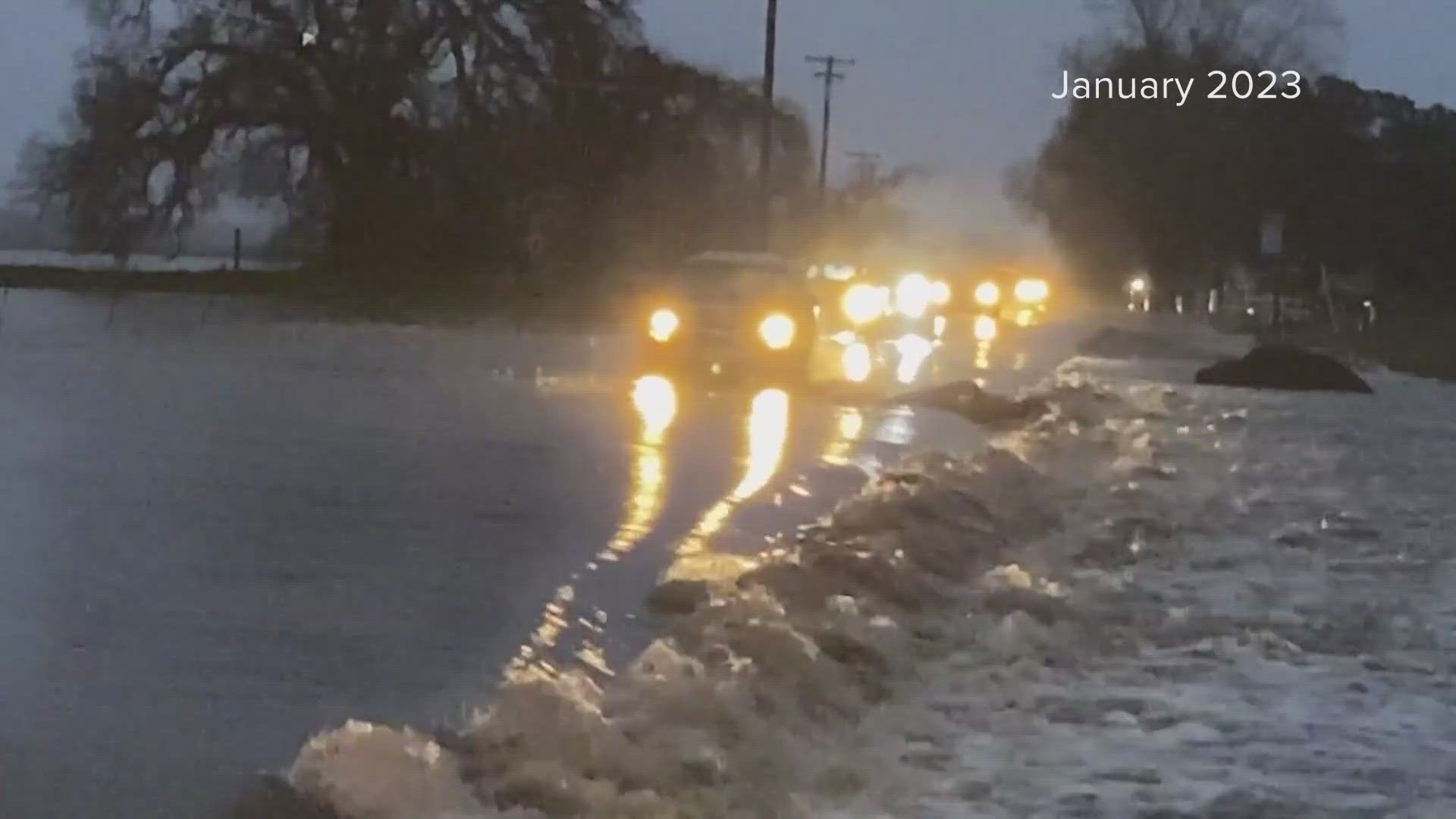SACRAMENTO, Calif. — The latest update from the National Oceanic and Atmospheric Administration shows eastern tropical Pacific Ocean water is at a strong El Niño status. The peak of these conditions is likely to hit December through February of next year.
The impacts from the warming water is already unfolding in places like Australia with drier than normal conditions and wildfires. How this global weather pattern will impact California is yet to be seen, especially with the wettest time of year about to hit.
Jan Null, an adjunct professor at San Jose University, says the headlines can be deceiving since many people might think El Niño is a storm. He says even though this warming equatorial water is 3000 miles away, it can influence storms, but is not the storm itself.
The latest readings show ocean temperatures have warmed to a place we’ve only seen three other times in the last 70 years. Some of those years, like the winters of 1982-83 and 1997-98, are what many people remember El Niño looking like when catastrophic flooding ravaged the state.
But the last El Niño in 2015-16 was a normal winter in Northern California and actually below normal in Southern California.
One impact we are likely to see is warming temperatures. Ian Faloona, a micrometeorologist at the University of California Davis, says a decent prediction is we're going to be experiencing some of the warmest temperatures on record
He says agricultural forecasts are leaning into the Southern Sierra being wetter than average. This could help to irrigate the whole Central Valley in some sense and take pressure off of water deliveries from the northern part of the state.
Statistically, much of northern California, through the northern San Joaquin Valley, tends to have a nondescript signal from past El Niños. So there's an equal chance of a wetter or drier than average winter season.
Given that the entire valley floor sits in a flood plain, Nicholas Pinter a UC Davis flood expert says we need to be vigilant going into every wet season.
Some of those flood risks are naturally occurring, but some are human made. Pinter says the first mistake we made is building where we shouldn't with communities sitting at high risk for seasonal flooding. The second mistake is not paying attention to climate change. This is elevating the flood risk through much of the lower elevations of the state.
There is also research going into how our warming planet might be influencing the effects of El Niño. Faloona says it's an exciting area of work, but one that doesn't have clear answers yet.
WATCH MORE: Tracking El Nino | What we know



















